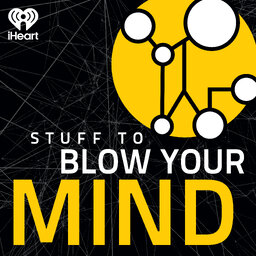World-Changing Science Experiments: Part Two
In the second installment of Robert and Allison's two-part series on history's world-changing science experiments, your favorite science writers take a look at everything from primordial ooze to modern psychology. Tune in and learn more.
Learn more about your ad-choices at https://www.iheartpodcastnetwork.com
 Stuff To Blow Your Mind
Stuff To Blow Your Mind


